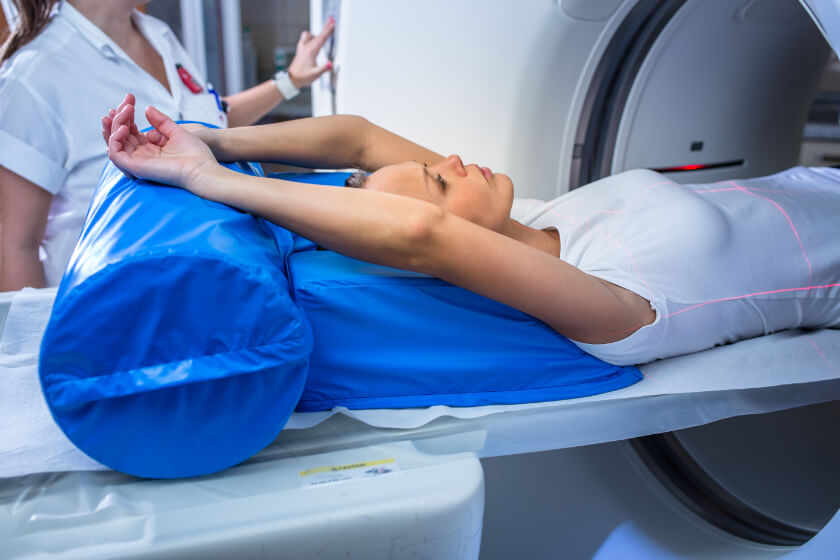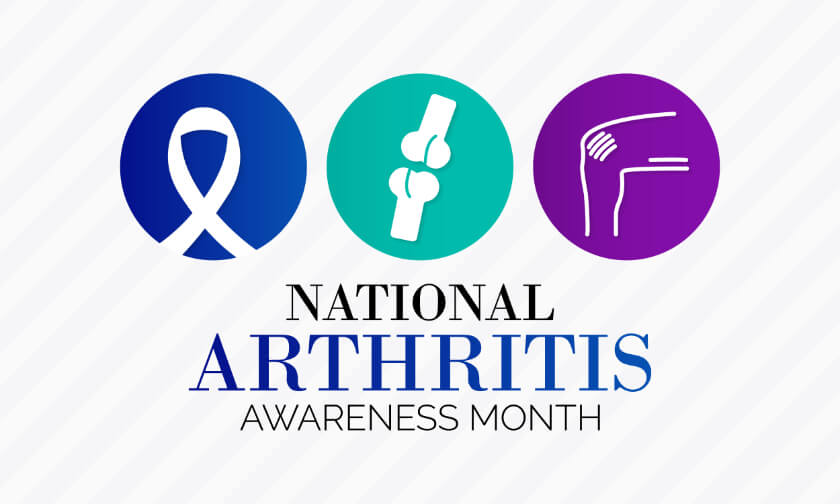

An Incidental Finding on a CT Scan Saved My Life
“The good news is that your CT of the abdomen looked fine. Unfortunately, your scan showed something suspicious in your lungs.”
Those were the scariest words I had ever heard in my life. Out of the blue, I had an incidental finding on a CT scan.
The American College of Radiology (ACR) defines an incidental finding as “an incidentally discovered mass or lesion, detected by CT, MRI, or other imaging modality performed for an unrelated reason.” In simpler terms, an incidental finding is when a doctor is looking for one thing but finds another.
Also known as incidentalomas, incidental findings show up in blood tests and in medical imaging. Incidental findings happen more often than you might realize – about 45 percent of chest CTs show incidental findings, for example, and incidental findings happen about 22 percent of the time in MRI scans of the brain and spine.
Most of the incidental findings are harmless, or benign. Many incidentalomas are cysts, for example, or are non-serious problems or just variations of normal human anatomy.
While the majority of incidental findings are benign, some are serious. In fact, doctors recommend following up on about half of all suspicious incidental findings. In those follow-ups, about 10 percent of incidental findings turn out to be a malignant, life-threatening illness.
The percentage of incidental findings that end up being cancerous varies by their location in the body. Suspicious findings on breast imaging turn out to be cancerous about 40 percent of the time, for example, and incidental findings in the ovaries, kidneys, and thyroids are cancerous about 25 percent of the time. Incidentalomas in prostate or colon tests are cancerous about 15 percent of the time.
In the United States, doctors diagnose cancer in nearly 2 million people each year, according to the American Cancer Society. About 70,000 of these diagnoses were the results of an incidental finding – the patient took a medical test for one thing, and the test revealed an undiagnosed cancer.
Some cancers are more likely to be found incidentally than are others. Approximately 15 percent of lung cancer diagnoses were the result of incidental findings.
That is what happened to me. I went to the emergency department for a stomach ache and left the hospital with suspicious mass in my right lung.
When a Stomach Ache Leads to a Lung Cancer Diagnosis
I had been going through my day as usual, working from home as a medical writer, when I started feeling a bit of pain in my lower right abdomen. I had been a bit constipated in the day or two before, so I figured the discomfort would go away once I moved my bowels. Unfortunately, the pain intensified. What’s worse is that I passed a large amount of blood with a small amount of stool.
My husband took me to the nearest emergency department, where the doctor ordered a CT of my abdomen and admitted me to the hospital. The CT showed that I had ischemic colitis, a disease in which something blocks blood flow to the intestine. Ischemic colitis caused more pain than I’d ever felt in my life, but what came next caused me the most fear I’ve ever experienced – the CT scan also showed a lung nodule as an incidental finding.
A lung nodule is an abnormal growth in lung tissue. Lung nodules are usually benign (harmless) and often develop as the result of old infections, scar tissue and other causes, but they can indicate a serious problem. My hospitalist (doctor who provides care solely for hospitalized patients) suggested I see a pulmonologist who could determine the cause of my lung nodules.
Another CT, this one of my chest, showed a large mass in my lung. More specifically, the tumor blocked about 80 percent of my right bronchial tube. It was located in a place where it could not be removed surgically, but they were able to open the tube with a stent to help me breathe.
Cancer is a scary diagnosis because the deadly disease often spreads before it causes symptoms. Abnormal cancer cells can divide and spread wildly to cause widespread illness and death. Once cancer spreads to other organs, it can be difficult or impossible to treat. In fact, my mother’s lung cancer had spread to other organs before she knew she was sick, and she died of the disease just weeks after her diagnosis.
Like many other cancers found incidentally, mine was found early and before it spread. I underwent radiation five days a week and chemo once a week for seven weeks before starting immunotherapy. Much to everyone’s disbelief, my next CT scan showed a “complete response” to treatment. In other words, treatment cured my cancer just three months after my diagnosis.
I attribute my survival to great medical care, the loving support of my husband, and an incidental finding on a CT scan – if I had not developed ischemic colitis, I may not have discovered my lung cancer until it was too late.
For more information on incidental findings, consult with your doctor or radiologist. If your doctor or radiologist suggests following up on an unexpected finding on medical imaging, take them seriously – while most incidentalomas are harmless, the incidental findings on a lab test or medical imaging can save your life. They saved mine.



